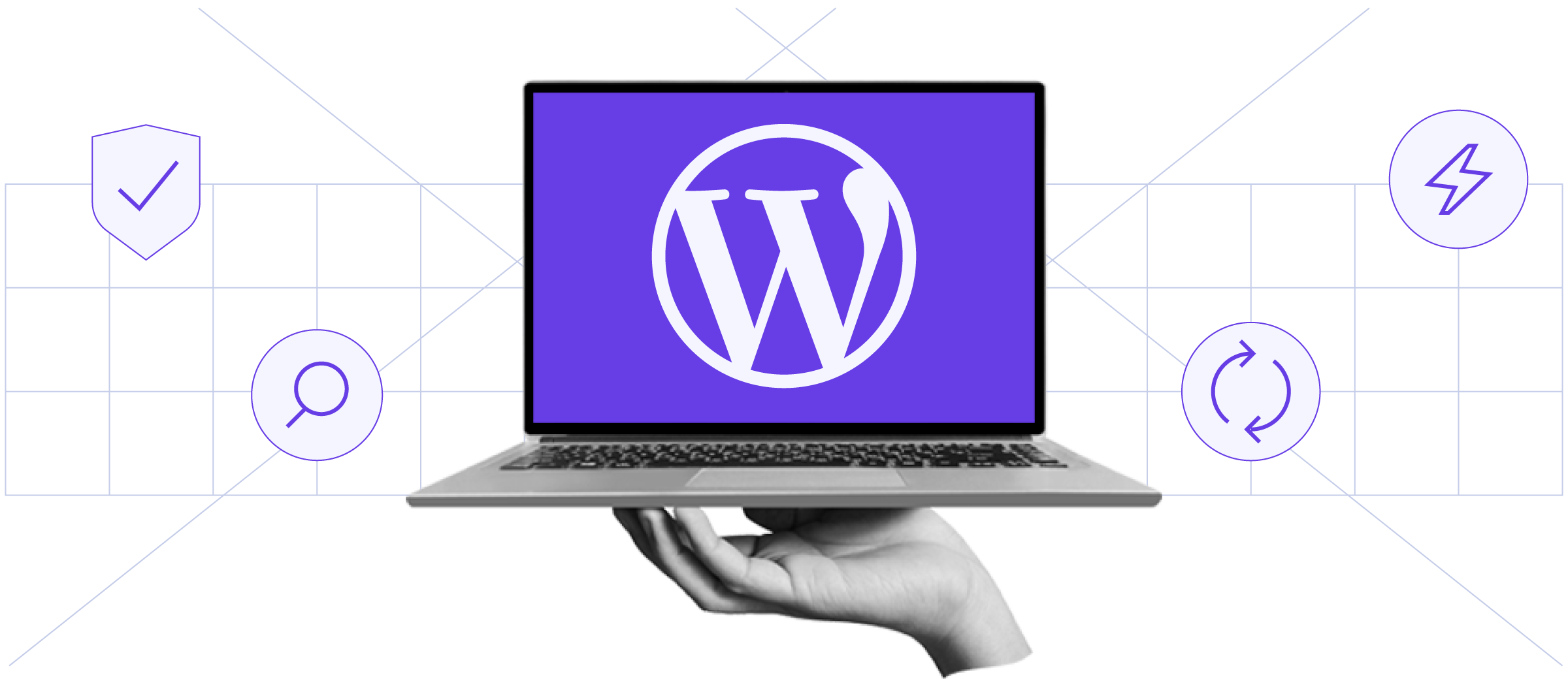Introduction:
Mobility is the most important feature of a wireless cellular communication system. Usually, continuous service is achieved by supporting handoff (or handover) from one cell to another. Handoff is the process of changing the channel (frequency, time slot, spreading code, or combination of them) associated with the current connection while a call is in progress.

TYPES OF HANDOFFS
Handoffs are broadly classified into two categories—hard and soft handoffs. They are also characterized by “break before make” and “make before break” respectively. Usually, the hard handoff can be further divided into two different types—intra- and intercell handoffs. The soft handoff can also be divided into two different types—multiway soft handoffs and softer handoffs.
Hard Handoff
A hard handoff is essentially a “break before make” connection. Under the control of the MSC, the BS hands off the MS’s call to another cell and then drop the call. In a hard handoff, the link to the prior BS is terminated before or as the user is transferred to the new cell’s BS; the MS is linked to no more than one BS at any given time. Hard handoff is primarily used in FDMA (frequency division multiple access) and TDMA (time division multiple access), where different frequency ranges are used in adjacent channels in order to minimize channel interference. So when the MS moves from one BS to another BS, it becomes impossible for it to communicate with both BSs (since different frequencies are used).

Advantages of Hard Hand-off:
- Only one channel is occupied at a time.
- It is very short and usually is not perceptible by the user.
- In hard hand-off, the phone hardware does not need to be capable of receiving two or more channels in parallel, which makes it cheaper and simpler.
Soft Hand-off:
In soft hand-off, the connection with the target station is made before the connection with the source is broken, so we say this scheme as make-before-break. Here, both the cells from source and target are connected in parallel during hand-off.
Soft handoff in mobile cellular network technology is commonly used in CDMA (Code-division Multiple Access) systems that enables the overlapping of the repeater coverage zones, so that every phone set is always well within range of at least one of the base station. Since channels in multiple cells are maintained, possibility of call failure is only due to the effect of interference of fading at a time. Also, the fading and interference are highly unrelated to the channels so that the probability of their existence at the same time is very less. This finally prevents the call from disruption of the call or abnormal termination.
Advantages of Soft Handoff:
- There is change in frequency or timing during the mobility of user so that there are practically no dead zones.
- It possesses more reliable continuity in networking with very less chance of call termination than that of hard handoff.
Note: This is just an informative article on handoff focusing for the students of Electronics and Communication Engineering Department, Institute of Engineering, Tribhuvan University, Nepal. Authored by Gyan Raj Koirala.
Images credited to harvard.edu and conniq.com








